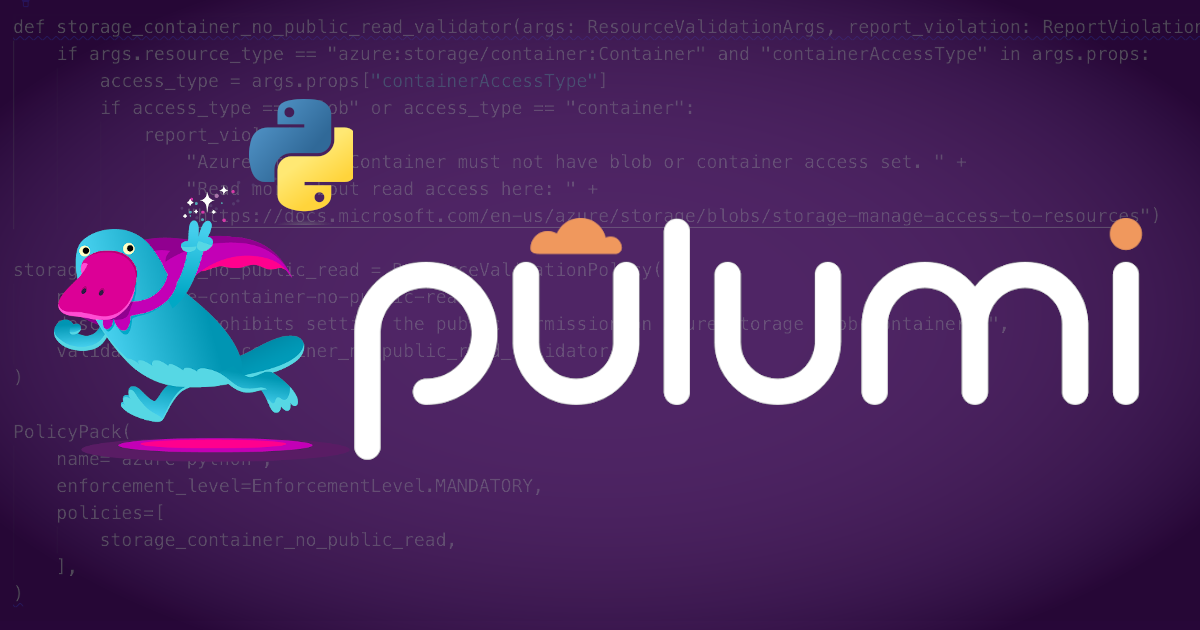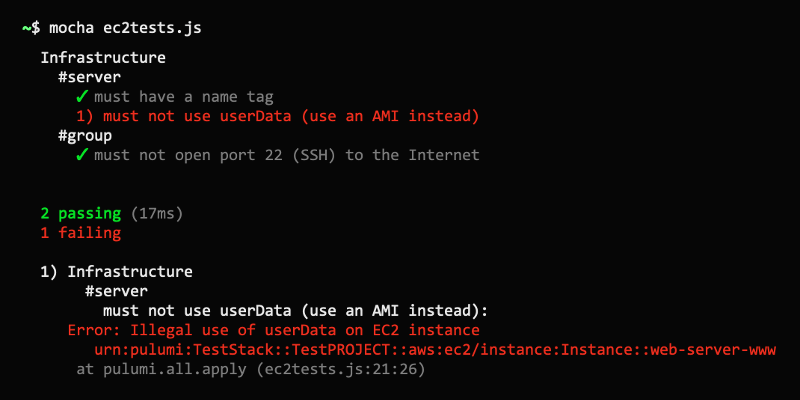Creating a Python AWS Application Using Flask and Redis

Meet Vova Ivanov—one of the Pulumi summer interns. He’ll be writing about his experiences learning Pulumi while modernizing a web app and its underlying infrastructure.

Meet Vova Ivanov—one of the Pulumi summer interns. He’ll be writing about his experiences learning Pulumi while modernizing a web app and its underlying infrastructure.

Policy as Code for Python is now GA in Pulumi 2.0. Policies written in code let you test, automate deployment, and enable version control. Python is a popular scripting language used for machine learning and artificial intelligence, data science, web development, and devops. It’s an ideal language for developers and operators to use in common.

Using Pulumi and general purpose languages for infrastructure as code comes with many benefits: leveraging existing skills and knowledge, eliminating boilerplate through abstraction, and using the same ecosystem of tools like IDEs and linters that your team already knows and loves. In general, these are all attributes of software engineering, which not only make us more productive, but also improve the quality of our code. It’s only natural, therefore, that using general purpose languages unlocks another important software engineering practice: testing.
In this article, we will see the many ways in which Pulumi lets us test our infrastructure as code.

Across the industry, the popularity of Python is exploding. Amongst our own customers at Pulumi, who automate their infrastructure using Python, we’ve seen the same. Stack Overflow wrote about the astounding growth of Python:
The term “fastest-growing” can be hard to define precisely, but we make the case that Python has a solid claim to being the fastest-growing major programming language.
Since Python is not a new language, what could be driving this incredible adoption curve?